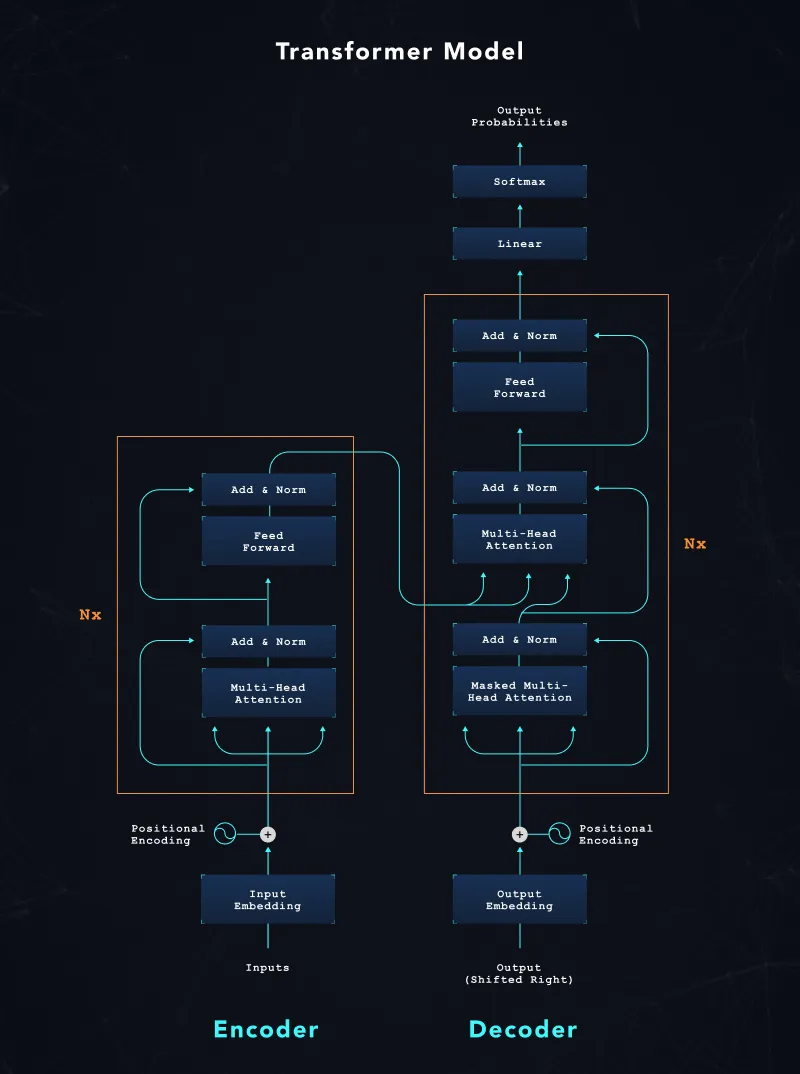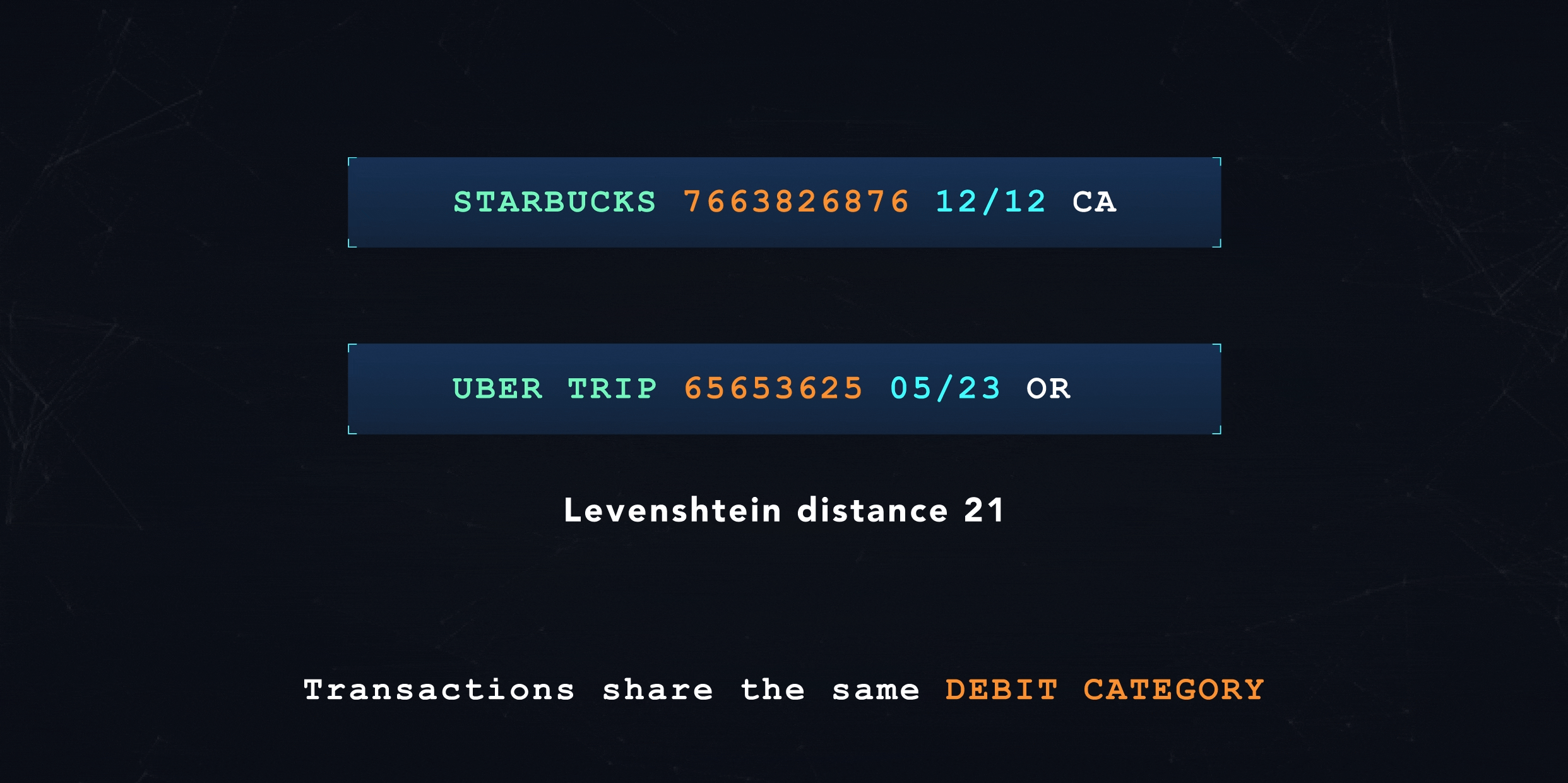Assisting Accountants with Zero-shot Machine Learning
It seems like Zero-Shot Classification should be impossible, right? How could a machine learning model classify an object with a label that it has never seen before?
Traditional classification involves lots of labeled examples, but the trained model is limited to the set of labels from the training set. How, on earth, could we train a model to emit a label that is completely novel? With the rise of Large Language Models (LLMs), there is a new path on this quixotic quest. Numerous problems are being tackled creatively through prompt engineering of the input to these models, from coaxing out the perfect image from DALL-E or learning to beat humans in conversational games (for example: Cicero). By following these lateral uses of the model, we can find our way to classifying objects with labels the model has never seen before.
Business Problem
A core function of accounting is proper labeling (aka "coding") of transactions. The accuracy of this step is crucial for building actionable financial reports for the stakeholders of a company. The process of labeling each individual transaction that crosses a company’s books is painstaking and traditionally very manual. More recently, tools have been developed to bucketize some subset of transactions via some hand-crafted heuristics based on the vendor or the description of the transaction. But these tools often fall short as they don’t have enough information to accurately label them automatically. For the transactions that fall through, the accountant must manually triage each one. Often, the accountant must seek further clarification from the client about the transaction, such as what was purchased, or the intended use of the item, or even who was present, to make an accurate decision on how to book it.
Machine learning is perhaps an obvious tool to aid this flow, but it does run into trouble. Within the accounting world, the labels chosen for transactions are consistent per accountant/client relationship but often globally inconsistent. So, what helps speed one accountant becomes a roadblock for another.
Similarity as First Pass
As we’ve talked about in other blog posts (part 1 and part 2 ), we use the similarity of generated embeddings to automatically label transactions. By casting a transaction description to a vector via a trained embedding model, we can find highly-similar transactions and then look up how they were labeled by the accountant (or other algorithms) in the past. But this falls down in 2 main cases.
- A common transaction, easily identifiable, is attributed to multiple use cases, such as an Amazon purchase. It could be practically any label as Amazon sells such a diverse range of products.
- A completely unidentifiable transaction, such as a check or an unlabeled invoice.
Both of these cases could return multiple possible labels via the similarity approach, just as an accountant may mentally call up the common past labels for this type of expense.
The next step in many accountants’ workflow is to seek out more information from the client. Through the responses, the accountant hopes to gather enough context to correctly label the transaction in the books. Here is where Zero-Shot Classification can help!


